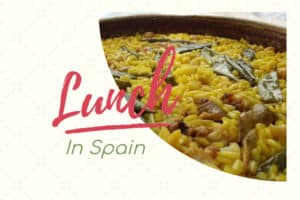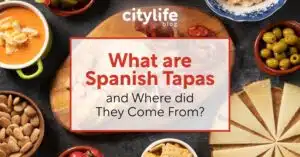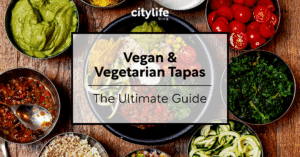Did you know that Spain is the number one producer of Olive Oil in the world? Thats right, Spain is at the head of the game when it comes to production, popularity and quality of Olive Oil. In 2015, Spain took home more awards for it’s oils than any other country around the world, even Italy! The creation of a good olive oil is more refined than you might think. Much like a fine wine, its taste differs depending on region, climate and the type of olive used to make it.
A Brief History
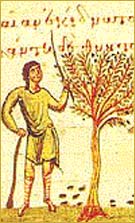
Defining Types of Olive Oil
As with the many different grapes that make up the delicious wines of the world, not all olives are the same. The regions they come from, their colour and their age influence their tastes. There are virtually hundreds of different types of olive oils around the world, so lets just take a look at the basic European qualifications.
- Virgin Olive Oils – Virgin Olive Oils are the best on the market due to the method in which it is made. Absolutely nothing is added to the oil and the process of extraction is by simple force. No chemicals or solvents are used and the flavour, colour and body of the oil is completely organic and not at all manipulated. Extra virgin oils go through an even more careful process to ensure that the oil remains completely pure.
Refined Olive Oils – Unlike the virgin types, refined oils are actually made from virgin oils and then are later perfected and manipulated. This process typically removes any imperfections – such as high acid levels and bad tastes. In the end, the product is usually colourless, tasteless and only good for cooking rather than for adding flavour to a dish. But due to the organic process of refinement, this is still a very popular oil to use
- Basic Olive Oils – Oils with the simple label of “Olive Oil” are usually composed of both refined and virgin oils to make a lower grade, basic mix. This oil is perfectly fine for consumption and is usually very low in acidic components
- Olive Pomace Oils – Typically the cheapest and lowest quality of oils. Pomace oil is the residue left behind during the mechanical extraction process of other, higher grade oils. Usually it is heavily processed with chemicals and solvents and is often categorized as a non-edible oil. Sometimes Pomace is mixed with virgin olive oils to make a cheaper, edible type of cooking oil.
Production Regions of Spain
Spanish soil is absolutely perfect for growing healthy and hearty olive trees. It is because of this that the Spain has excelled so far in the industry. Each region produces unique oils and of course, each region claims to be the best! There are 5 major regions in Spain and they each specialize in a different aspect of oil making.
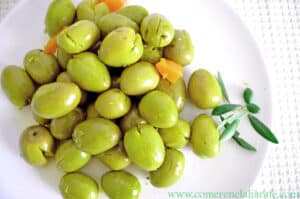
Castilla La Mancha – Right in the centre of Spain is Castilla La Mancha, the second most popular region for olive production. It’s location gives its soil access to winds from the west and at several different altitudes. The area also gets much more rain than the south. This region vastly produces the fruity Cornicabra olive.
Extremadura – In southeastern Spain, on the border of Portugal, lies Extremadura. This region is subject to high temperatres and very little rain. But, the winds coming from the Atlantic influence the olives that grow here. The region produces the Cornicabra, Carrasqueña and Morisca olives.
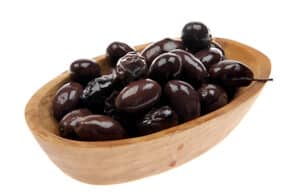
Aragon & Valencia – In this region, most olive growing activity happens along the Ebro river where the climate in generally quite humid. This is the smallest region for production, only making about 1% of all of Spain’s oil. This region produces the Blanqueta, Fraga, Empeltre and Arbequina olives.

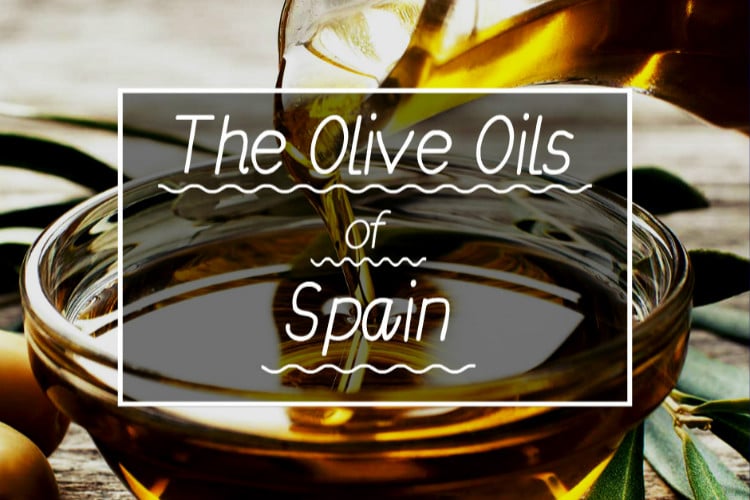
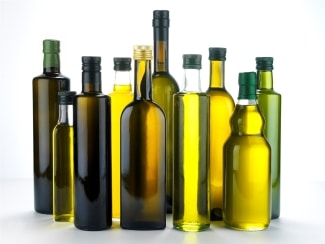 Refined Olive Oils – Unlike the virgin types, refined oils are actually made from virgin oils and then are later perfected and manipulated. This process typically removes any imperfections – such as high acid levels and bad tastes. In the end, the product is usually colourless, tasteless and only good for cooking rather than for adding flavour to a dish. But due to the organic process of refinement, this is still a very popular oil to use
Refined Olive Oils – Unlike the virgin types, refined oils are actually made from virgin oils and then are later perfected and manipulated. This process typically removes any imperfections – such as high acid levels and bad tastes. In the end, the product is usually colourless, tasteless and only good for cooking rather than for adding flavour to a dish. But due to the organic process of refinement, this is still a very popular oil to use

